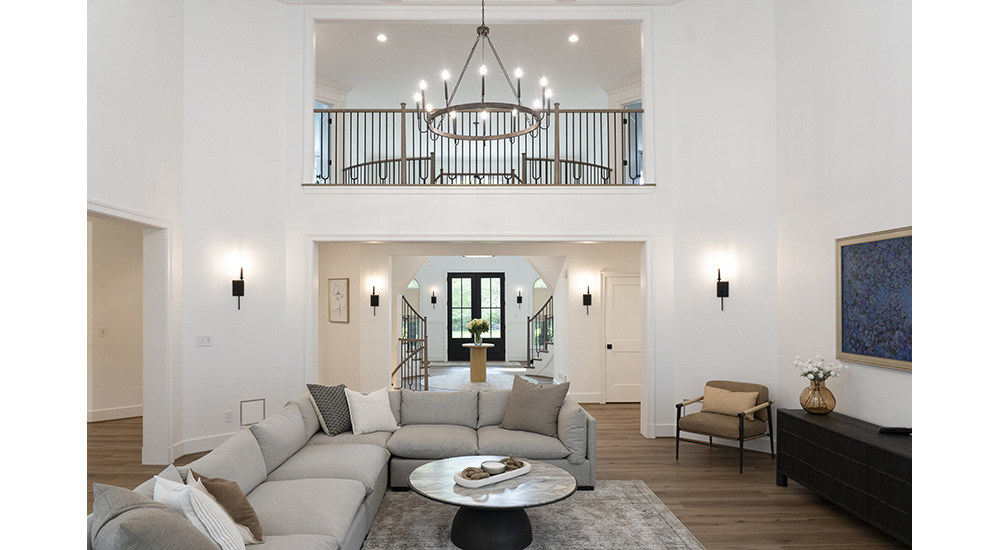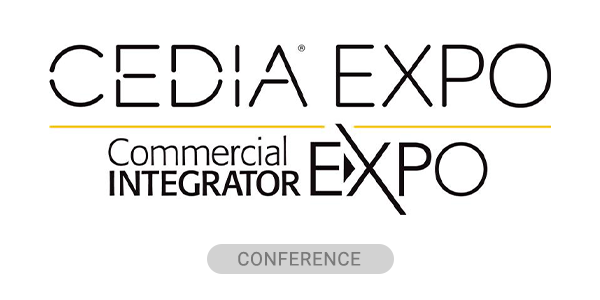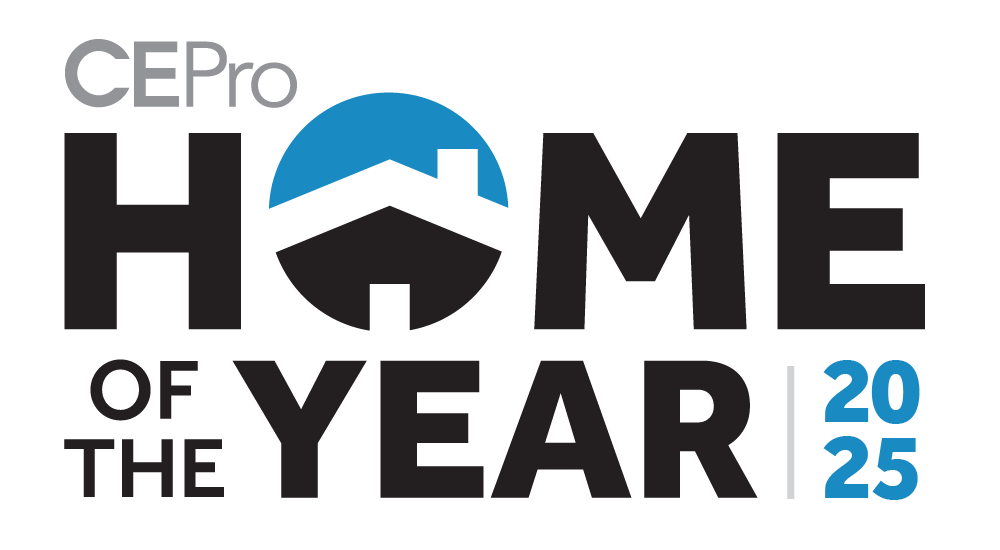For years, the Gramophone Design Build team points out that it’s been said that designers and integrators have different priorities — one focused on beauty, the other on technology. In reality, the integrator asserts, that’s an outdated view that undersells both professions.
Designers don’t just care about creating beautiful spaces; they care about how those spaces live — how clients move through them, how they feel, and how form supports function. Integrators, similarly, aren’t just focused on systems and specs; the best ones design technology solutions that make a home more beautiful, more functional, and more joyful to live in.
The Gramophone Design Build team states that at their core, both designers and integrators share the same mission: To create environments that elevate everyday life. Today’s clients expect homes that are not only stunning, but also seamlessly connected, entertaining, and comfortable.
And while it’s true Gramophone continues, that sometimes technology should disappear—speakers hidden in ceilings, TVs disguised as mirrors or artwork—there are other moments where technology deserves to be showcased. Iconic speakers, bespoke lighting, or a beautifully crafted turntable can be art pieces in their own right.
Addressing some common misconceptions, the integrator notes, here are three common myths that have long been barriers between designers and integrators and how a recent whole-home remodel in Hunt Valley, Md., proves why confronting these myths leads to stronger, more collaborative results.
Myth #1: Technology always ruins the design
The truth: When approached thoughtfully, technology doesn’t compromise design—it enhances it, according to Gramophone Design Build. By collaborating early, integrators and designers can ensure that every system serves the aesthetic as much as the function. Sometimes that means making technology disappear—with flush-mount or even invisible speakers that hide behind plaster or drywall compound, motorized shades, or Frame or Art TVs. But other times, technology is meant to shine: Handcrafted sculptural loudspeakers, lighting fixtures, or custom components that become design statements in their own right.
Both disciplines, notes Gramophone Design Build, share a common goal: To deliver spaces that feel intentional, functional, and beautiful. Clients may not care about the technical details, but they absolutely care about the outcome, including seamless Wi-Fi, hidden cords, intuitive control, and a look that aligns with the rest of their home. Early collaboration ensures all of this is possible, while also honoring the design vision.
Case in Point: Hunt Valley Whole-Home Remodel Technology Must Complement Design
In this project, Gramophone Design Build says the client wanted technology seamlessly woven into daily life, particularly mornings, without compromising the warmth of the home interior. The design team envisioned a home that felt inviting and personal, not dominated by gadgets. By collaborating from the outset, the company was able to meet the client’s objectives. Automated lighting became a design tool, not just a convenience—setting a warm, welcoming tone, while reinforcing the aesthetic choices. Carefully layered scenes highlighted architectural details, illuminated cabinetry and its curated objects, drew attention to the stairway, brought artwork to life, and revealed the beauty of nooks and corners that might otherwise go unnoticed, the integrator mentions.
Myth #2: Designers don’t understand performance
The truth: Designers absolutely understand performance, but they frame it through experience rather than specifications. Gramophone Design Build contends that designers consider ambiance, flow, acoustics, and how clients feel in a space. Integrators translate performance into tangible outcomes, ensuring the technology supports those goals. Together, performance becomes part of the design story, not an afterthought, proposes the dealer.
Case in Point: Hunt Valley Whole-Home Features Discreet TV integration
The client loved movies and sports but didn’t want bulky displays to disrupt the aesthetic. The solution: Framed televisions with custom finishes. When off, the displays showcase artwork and become part of the décor; when on, the TVs deliver high-performance viewing.
Audio followed the same principle. Compact speaker elements paired with concealed subwoofers delivered cinematic sound without dominating the room. Where speakers remained visible, finishes were customized to match the ceiling’s lighting fixtures to blend technology and design.
Gramophone Design Build Myth #3: Integrators just want to sell gear
The truth: The best integrators see themselves as long-term partners and problem-solvers boasts Gramophone Design Build. Integrators, says the company, care about budgets, timelines, and aesthetics just as much as the technology itself. When brought in early, integrators help designers shape projects holistically, ensuring the technology aligns with the design vision.
Case in Point: Hunt Valley Whole-Home Remodel Required Minimalist Approach
This project depended equally on design and technology. Centralized lighting control was a perfect example of early collaboration paying off. Instead of walls cluttered with switch banks, the team preserved clean surfaces with streamlined keypad options that blended quietly into the interiors.
Equally important was setting client expectations. By framing technology as a way to enhance warmth and usability—better lighting quality, subtle audio, intuitive control—the client felt empowered rather than overwhelmed underscores Gramophone Design Build.
Summarizing the reality of dealer and designer relations through the scope of the Hunt Valley remodel underscores a broader truth adds Gramophone Design Build: The supposed divides between designers and integrators are myths rooted in the past. Technology doesn’t ruin design, it can strengthen it. Designers don’t overlook performance, they define it through lived experience. Integrators aren’t just selling gear, they’re building environments clients enjoy every single day.
Daniel Carr is senior client manager for Gramophone Design Build, and Ashley Frush is a designer for Gramophone Design Build







